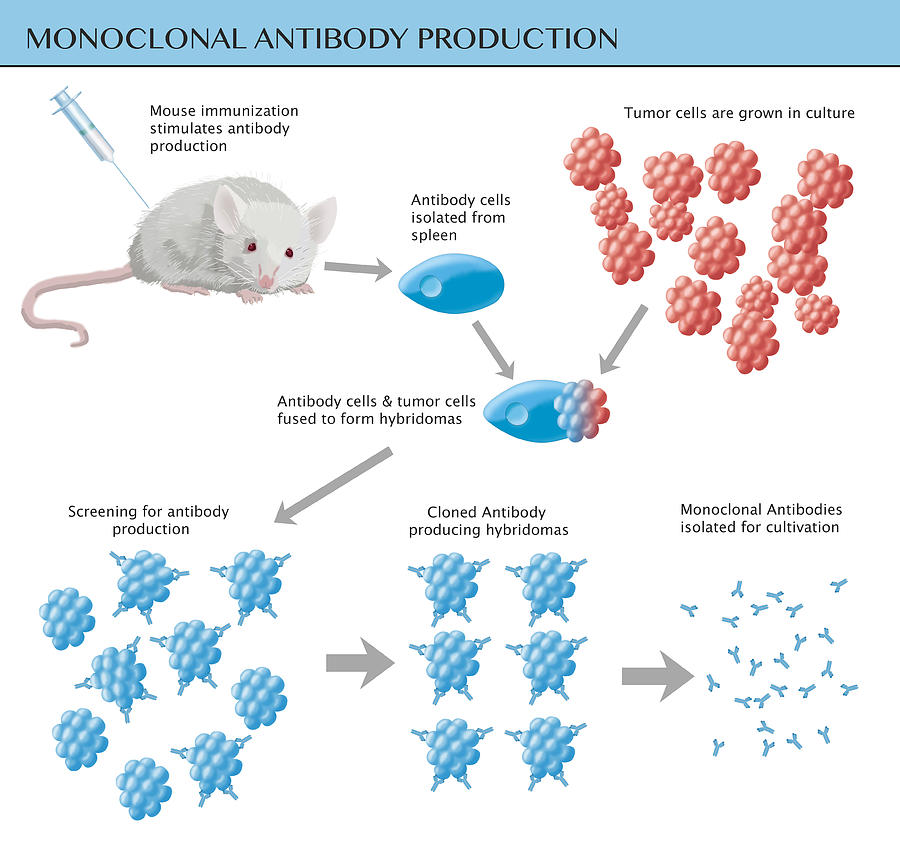
The lack of antibody-based population immunity is the main factor that enables emerging pandemic viruses to spread quickly throughout the whole population. Even in the first report describing the isolation of influenza virus in 1933, serum antibody was shown to be protective 10.

Widespread infection during the pandemic phase induces significant population immunity, mostly in the form of antibody responses against HA and NA.Īntibody responses to the influenza virus surface glycoproteins, specifically to HA, have long been known to be protective against influenza virus infection 10, and specific antibodies against HA have been identified as a correlate of protection 11. However, within a few years they had become seasonal viruses that then typically cause epidemics with lower case fatality rates than pandemics 9. Owing to the lack of population immunity, these emerging pandemic viruses initially spread quickly through the human population. In 2009, a seasonal H1N1 virus was circulating in humans, but the incoming pandemic H1N1 virus had antigenically distinct H1 and N1 surface glycoproteins 6. In 1968, only the H3 HA was newly introduced to humans, whereas the N2 of the H3N2 pandemic virus was derived from the previously circulating H2N2 virus 5, 7. This was the case in 1918, when the majority of the population seemed to be naive for both the H1 HA and the N1 NA, and in 1957, when there was little population immunity to both H2 and N2 (ref.

Pandemics are typically caused by viruses that feature surface glycoproteins - haemagglutinin (HA) and neuraminidase (NA) - to which the human immune system is relatively naive. The 1918 H1N1 virus pandemic was followed by an H2N2 virus pandemic in 1957, an H3N2 virus pandemic in 1968 and another H1N1 virus pandemic in 2009 (ref. The prime example is the H1N1 influenza virus pandemic of 1918, which resulted, according to conservative estimates, in 40 million deaths 8. The morbidity and mortality associated with these pandemics can exceed that of seasonal influenza virus epidemics, and such pandemics can cause millions of deaths. At irregular intervals, viruses from the animal reservoir cross the species barrier - usually through a re-assortment step between an avian influenza virus and a human influenza virus, in a process that results in antigenic shift - and cause pandemics 5, 6, 7. In addition, avian influenza viruses, such as H5N1, H7N9 and others, can cause significant numbers of zoonotic infections 3, 4. According to the World Health Organization, seasonal influenza viruses - including the H1N1 and H3N2 influenza A viruses, as well as influenza B viruses - cause approximately 3–5 million severe cases and 290,000–650,000 deaths each year worldwide 1, 2. Influenza viruses cause mild to severe respiratory infections in humans and are a major public health problem. A better understanding of how natural infection induces broad and long-lived immune responses will be key to developing next-generation influenza virus vaccines. Here, I review the differences between natural infection and vaccination in terms of the antibody responses they induce and how these responses protect against future infection. Furthermore, inactivated influenza virus vaccines focus on the induction of systemic IgG responses but do not effectively induce mucosal IgA responses.

Vaccines are the best available countermeasure against infection, but vaccine effectiveness is low compared with other viral vaccines, and the induced immune response is narrow and short-lived. Immune responses to natural infection with influenza virus in humans are relatively broad and long-lived, but influenza viruses can escape from these responses over time owing to their high mutation rates and antigenic flexibility. The adaptive immune response to influenza virus infection is multifaceted and complex, involving antibody and cellular responses at both systemic and mucosal levels.


 0 kommentar(er)
0 kommentar(er)
